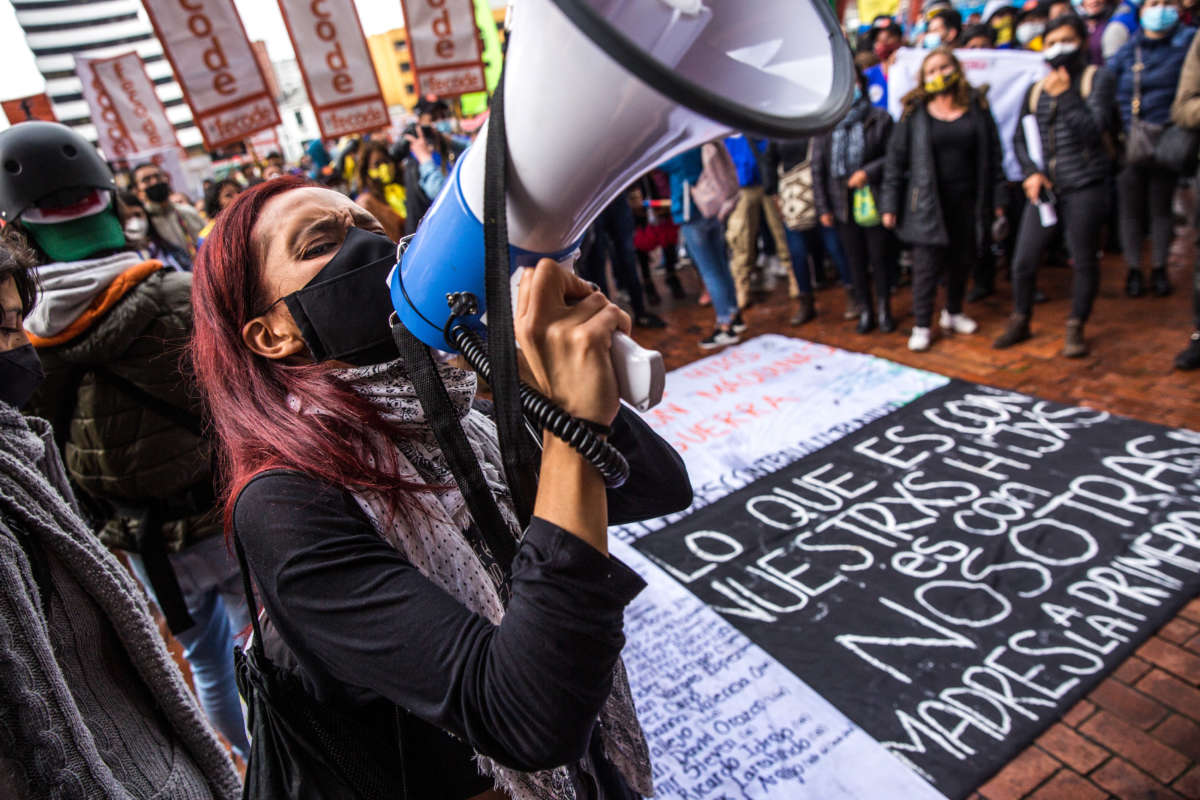Since April 28, people in Colombia’s cities and towns have engaged in an ongoing national strike, el paro nacional. Originally called in November 2019 by the major labor federations in opposition to a package of neoliberal tax, health care, pension and education legislation emerging from the right-wing national government, the strike went dormant for a stretch after the pandemic hit Colombia, but now has resurfaced stronger than ever — and activists are starting to win some national and local victories.
Thousands have taken to the streets across the country in marches and rallies. Truck drivers have halted the movement of merchandise. Where support for the strike is strongest — in lower-income neighborhoods of cities such as Cali and Bogotá — points of resistance have formed, where by day, community and cultural activities take place, and by night, too often, police and paramilitary attacks occur, met by the opposition of the primera linea, the frontline force of low-income young people who confront “less-lethal” munitions and live gunfire with shields made from chemical drums and rocks.
Each act of protest, whether march, rally or resistance point, has its own composition and forms of expression, reflecting the diversity of contexts underlying the strike. In the city centers, artistic actions and manifestations of gender diversity have opened new spaces, while in the forgotten neighborhoods neglected by public institutions, agency is exercised by pelados/peladas, low-income young people, many from Black or campesino (peasant) families displaced from the countryside to urban areas and forced into underground economies that fill the void of economic opportunities — a generation and population without a future, unless they themselves create it, a realization which steels their resolve.
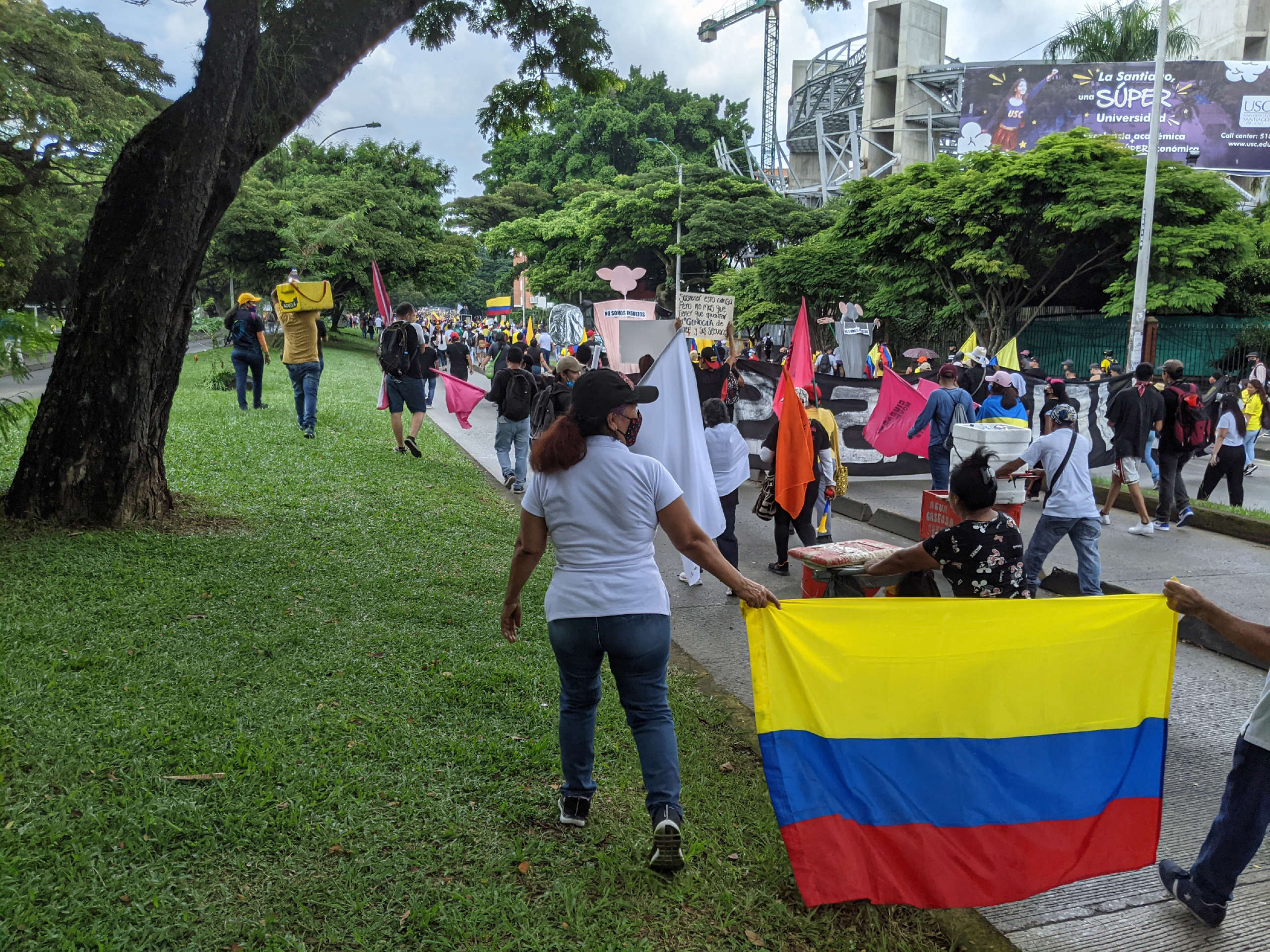
Retaliatory repression by the Colombian state is violent, lawless and lethal. Statistical reports are certainly undercounts, both because of the chaotic situation and, more importantly, because victims know that being identified publicly could bring them or those close to them more harm. Even with those limitations, in the city of Cali alone, the civil society group Comisión por la Vida documented, from April 28 through May 22, 46 people killed, 93 disappeared and 240 detained by the National Police or the special riot squad, the ESMAD (Escuadron Móvil Anti-Disturbios). The number of wounded in the protests is unknown, since a portion of them do not seek treatment in clinics or hospitals for fear of being “disappeared” by the authorities lurking there — or because they have heard the reports of people being denied care once the circumstances of their being injured were known.

In Cali, two of us from Acción Permanente por la Paz/Witness for Peace accompanied Colombian activists who have known us for years due to our solidarity work. We heard firsthand the accounts of members of the primera linea at the resistance point Siloé who had been detained by the police, beaten, held in unofficial detention sites, forced to try to sleep standing up and denied food that their families brought for them. Later, near the resistance point of Calipso, in another part of Cali, we joined the Misión Internacional de Solidaridad y Observación de Derechos Humanos, an initiative of human rights defenders from Argentina. We received testimonies about abuses committed by the state during the paro, hearing how a megastore from the Grupo Éxito chain was reportedly converted into a police fortress, complete with snipers on the roof and a tank equipped with a teargas-launching cannon, while trucks, vehicles without license plates and even ambulances allegedly delivered detained persons, subsequently transported to unknown locations. After a vociferous outcry by the community, eventually the public was allowed in to view the interior of the megastore. People who went reported seeing what they believed to be bloodstains, as well as indications of heavy-duty cleaning.
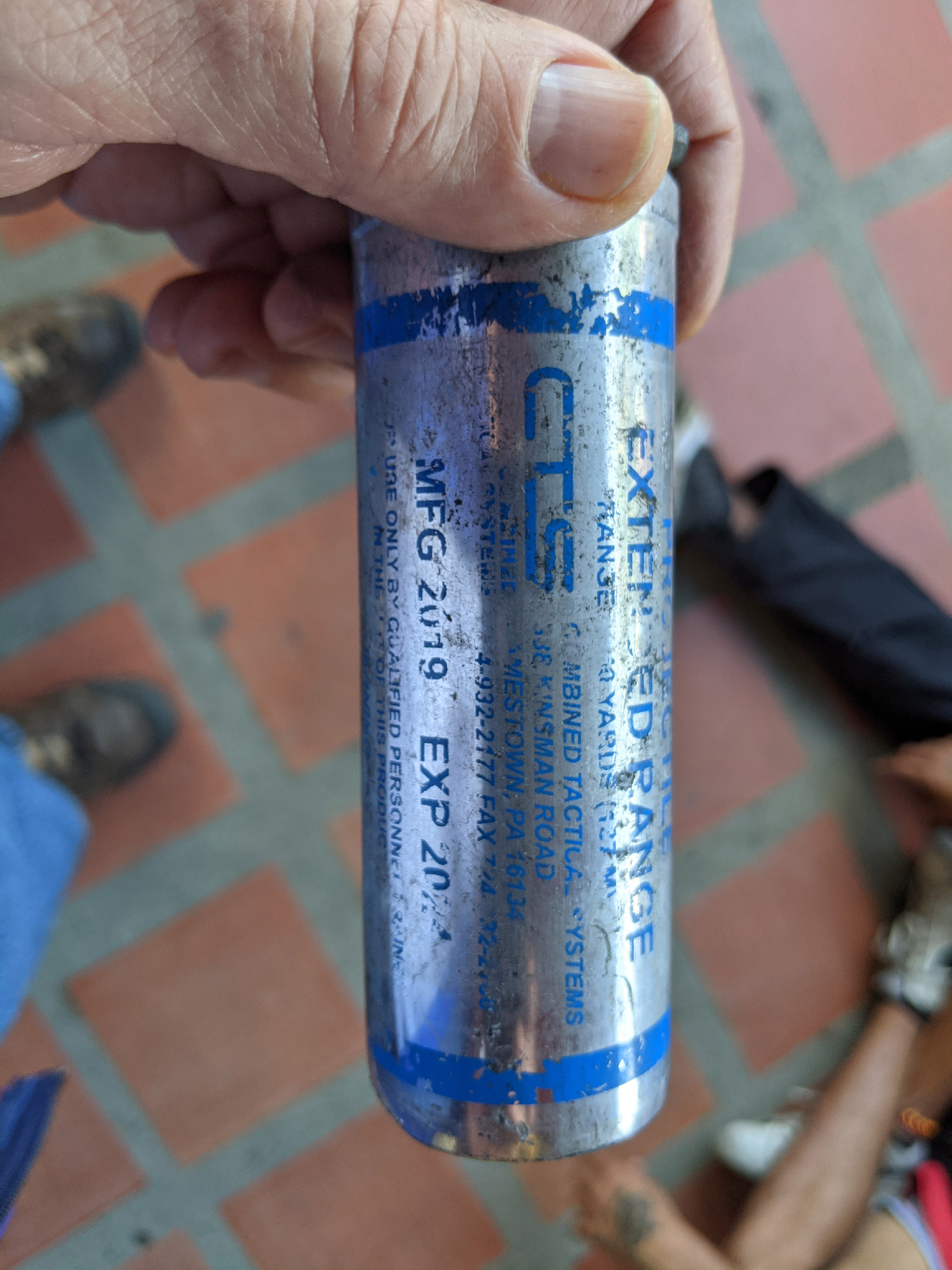
In Colombia, the police nominally follow the instructions of local authorities, but are subordinate to the national Ministry of Defense. And, on May 28, the national government by decree overtly deployed the armed forces, under military command, to seven departamentos (the equivalent of states in the U.S.) and 13 cities, establishing a de facto state of siege. Even when local governments attempt to advance constructive measures of dialogue with the protest movements, these are undermined by provocative state violence. For instance, on May 28, we walked along with a march of thousands in Cali, an event that was exuberant, loud, long and nonviolent. Cali’s mayor had promised to keep the ESMAD away from this peaceful protest. Marchers salsa danced as they went; people waved from balconies and applauded from behind windows. The march had barely arrived at the public university campus that was its destination when word filtered through the crowd that the police and ESMAD were moving in on Siloé, where the march had started. That night, in a hail of gunfire, multiple people there fell victim, including a member of the primera linea who had spoken with us the day before.
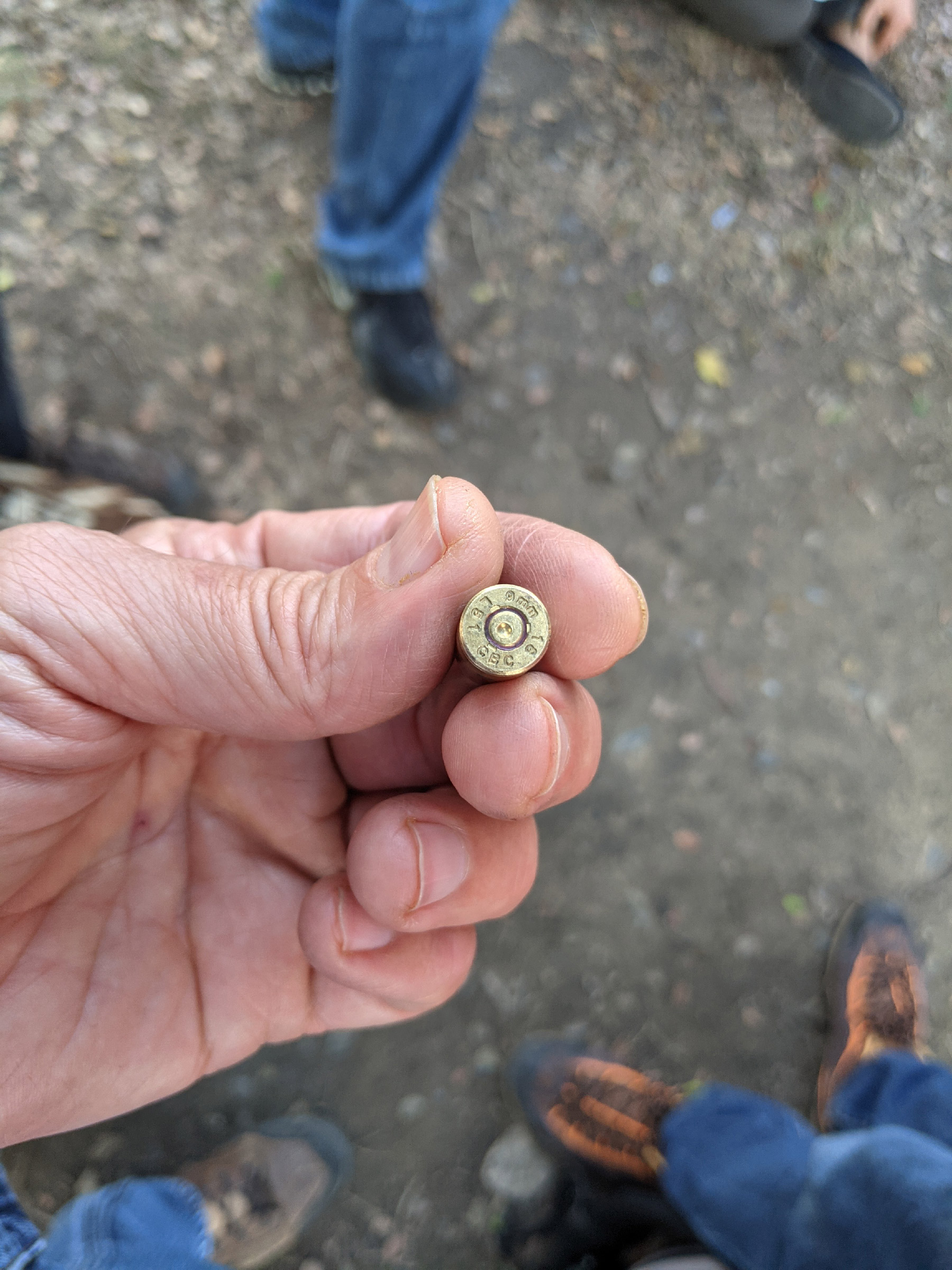
At strategic points along transportation routes, protest blockades have been erected. These provide leverage for the paro nacional by interrupting the flow of profits to big business, even while they frequently facilitate the resupply of necessities to communities. But the right wing, a legacy of former President Álvaro Uribe and his associates, decries the blockade of profit as an insult to state authority, while evidently having no issue with the longstanding blockade of economic opportunity, education and health for the majority of Colombia’s people. This uribista posture has driven the current national government to harden its line, and, perhaps more worrisome, fed the increase in paramilitary attacks on protesters. People in civilian clothes are seen on videos shooting at protesters; some residents of wealthier neighborhoods report fundraising for hit squads, allegedly with collections of up to $80,000; threatening pamphlets are circulating in areas where paro nacional barricades hold strong.
The attempt to distort the nature of the national strike is not limited to the extremists of the right wing. Colombia still has armed left-wing insurgencies as well as multiple criminal groups without political ideologies, and these seek to advance their own agendas under cover of the paro, furnishing the government with a pretext for incriminating social protest.
Hard and long and bloody as it has been, the paro already has won major goals, including the withdrawal of the onerous legislation taxing basic necessities; the provision of free tuition, for the rest of this year and potentially thereafter, for university students from families of limited means; and subsidies for the employment of young people. And several members of the national government have resigned in disrepute.
Additionally, early on the morning of June 8, la Unión de Resistencia de Cali won agreement from the mayor’s office to recognize 21 points of resistance as permanent community spaces for cultural and artistic activities. The agreement also called attention to food insecurity, lack of health care and unemployment. The chances of this agreement taking hold are better due to its timing this week, when a group from the Inter-American Commission on Human Rights (IACHR) is conducting an official visit. That visit is itself a consequence of the international spotlight cast on state repression in Colombia — the IACHR made its formal request to the Colombian government for permission to visit on May 7, in response to the petitions of thousands of Colombians and hundreds of organizations and social movements. Only after stalling and attempting to postpone the visit did the government finally allow the IACHR to enter the country. Colombians who are protesting hope the resulting visibility might shield them somewhat from the harshest repressive tactics, at least temporarily. Across many sectors of Colombian society, the visit is seen as a possible opening for dialogues that could open pathways forward.
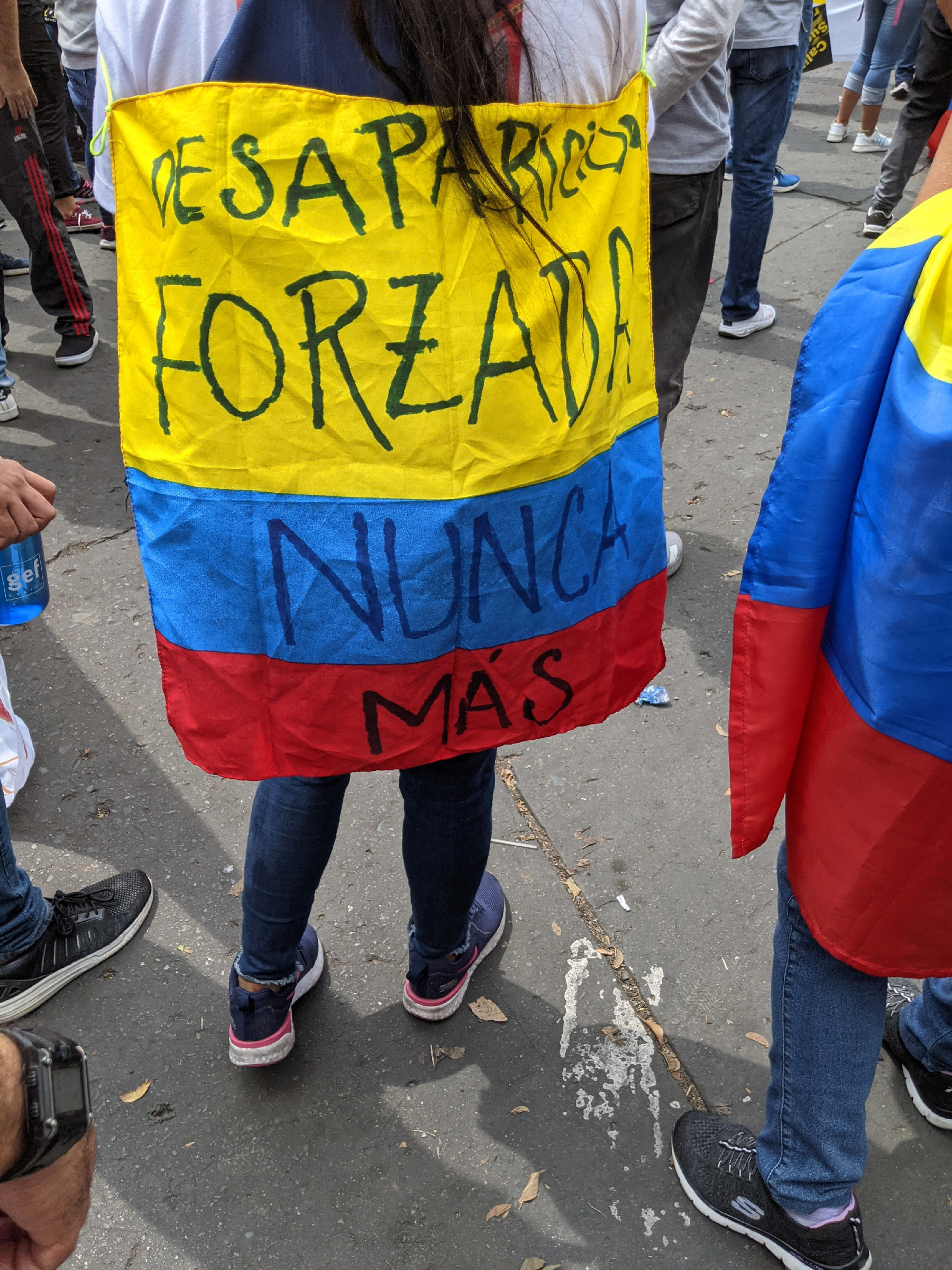
Yet other goals remain, such as gaining a universal basic income; disbanding of the ESMAD; having the possibility of retiring after a lifetime of work; winning respect for self-organized local communities, many composed primarily of Black people displaced from rural areas by being caught in the crossfire of armed conflicts, or by agribusiness and extractive projects; and making permanent a moratorium on aerial fumigation of ostensible coca cultivation that damages the health of people in the countryside and destroys their food crops.
The strike holds lessons for the U.S. labor movement, too. Even with very low union density, the Colombian federations have been able to accurately express the widely felt imperative to protest, and unions with powerful internal organizing have provided a framework for marches and rallies. What the federations cannot do, and they have recognized this, is speak for all of the many groups in what in reality is a nationwide collection of local strikes, each with its specific features. Realizing local goals will require local solutions.
In all of this, international solidarity plays a crucial role. The Colombian government is sensitive to its international reputation. More central for people in the U.S. is the overbearing influence of U.S. government policy in Colombia, and the use of our tax dollars to fund forces of repression there. Already, 55 members of Congress have called for the suspension of U.S. funds for, and sale of munitions or related supplies to, Colombia’s national police and ESMAD. Twenty-four U.S.-based organizations have gone further, calling for a halt to military assistance and arms sales as well. People risking their lives for social justice in Colombia will need our constant attention to put a brake on the incipient extermination campaign against them. Structural features of the neoliberal global economy that privilege profits and harm people must change. Now is a moment of historic opportunity for Colombians — and for the rest of us.
Media that fights fascism
Truthout is funded almost entirely by readers — that’s why we can speak truth to power and cut against the mainstream narrative. But independent journalists at Truthout face mounting political repression under Trump.
We rely on your support to survive McCarthyist censorship. Please make a tax-deductible one-time or monthly donation.
